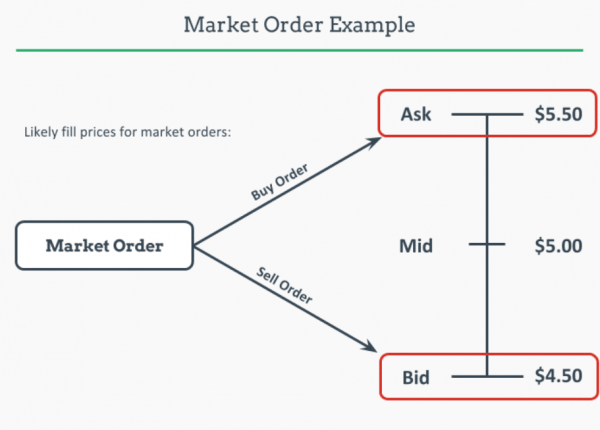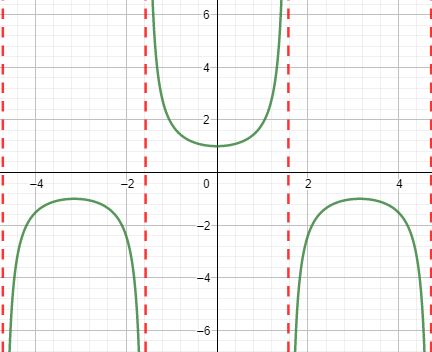
A classic method for portfolio diversification is the stock-bond rate. A good rule of thumb is to maintain a stock-bond ratio that is equal to one hundred minus the age of the bonds. The down market tends to not take as big a hit on bonds older than those younger.
Divide a portfolio between stocks and bonds
How much risk an investor is willing and able to take in order to divide a portfolio into stocks/bonds age will depend on what level of risk they are comfortable with. For example, if you're fifty-years-old, you may want to have a 50-50 stock-bond allocation. If you're a hundred-year-old, you may want to reduce the percentage of stocks in your portfolio to a lower percentage than this. It's important to remember, however, that retirement does not mean the end of your working life. You can live for many decades or even hundreds of years. Therefore, it is important to consider your risk tolerance and the amount of time you'll have to spend on investing.
The optimal asset allocation depends on your age and risk tolerance. But regardless of age, diversifying your investments across asset classes should give you a sense of security.
Divide a portfolio into high-quality bonds
There are two general approaches to dividing a portfolio into high-quality bonds and stocks. A conservative approach allocates approximately 60% of your portfolio to stocks, and 40% to bonds. You can adjust the percentages to reflect your age. Your allocation should be approximately 5% stocks and 95% bonds if you are over 25 and have several decades to go before retiring. As you get older, your allocation can be increased to 20% stocks, and 60% bonds.

The middle bucket should hold between 2 and 7 years of funding. In this bucket, you should only invest in investment-grade bonds, intermediate-term bonds, preferred stock, and investment-grade REITs.
Rule of 120
The "rules of 120" is an asset allocation rule that has been in use for many years. Your age can be subtracted from 120 to calculate your total portfolio asset distribution. You should allocate 70 percent of your portfolio to equities if you are 50 years. The remaining 30 percent should be invested in fixed-income assets. This rule states that your risk should be gradually reduced each year as you get older.
The 120-age investment rule is a good starting point for retirement investing. It's useful regardless of your current career status. Even if your first IRA deposit is made, this rule can be used to help you make the most out of your investment decisions. This strategy can provide a range of benefits and help you achieve the best stock performance as your age.
Rule of 100
There are two main rules that will govern how much of your portfolio you should invest in stocks or bonds. The first one is known as the Rule of 100. It suggests investing at least one-half of your net worth in stocks, while the other half should be in bonds. This rule is meant to protect your portfolio from being over-invested and keep you from investing too much in one investment.
The second rule requires that your portfolio contain at least 60% stocks, and 40% bonds. Although this seems like a sound rule, it may not be applicable in every situation. Before you invest, you need to consider your financial goals and risk tolerance. Although taking a chance may be a good thing for long-term investors you should limit the amount you take on.

Rule of 110
A good rule to follow is to maintain a stock-bond ratio of at most 50 percent. This will ensure that you are able to invest your money in a way that is safe and secure during market corrections. This will protect your emotional health when you sell stocks. However, the Rule of 110 may not be the best approach for everyone.
Many people are concerned about risk and are unsure of how much of their portfolio should be in bonds and stocks. You can still grow your nest egg by following a few asset allocation guidelines. The Rule of 110 states that 70% of your portfolio should be made up of stocks and 30% of it should be made up of bonds.
FAQ
What is the distinction between marketable and not-marketable securities
The main differences are that non-marketable securities have less liquidity, lower trading volumes, and higher transaction costs. Marketable securities on the other side are traded on exchanges so they have greater liquidity as well as trading volume. Marketable securities also have better price discovery because they can trade at any time. This rule is not perfect. There are however many exceptions. Some mutual funds, for example, are restricted to institutional investors only and cannot trade on the public markets.
Non-marketable securities can be more risky that marketable securities. They typically have lower yields than marketable securities and require higher initial capital deposit. Marketable securities are typically safer and easier to handle than nonmarketable ones.
A bond issued by large corporations has a higher likelihood of being repaid than one issued by small businesses. The reason is that the former is likely to have a strong balance sheet while the latter may not.
Because they are able to earn greater portfolio returns, investment firms prefer to hold marketable security.
What is security at the stock market and what does it mean?
Security is an asset which generates income for its owners. The most common type of security is shares in companies.
There are many types of securities that a company can issue, such as common stocks, preferred stocks and bonds.
The earnings per shared (EPS) as well dividends paid determine the value of the share.
Shares are a way to own a portion of the business and claim future profits. If the company pays you a dividend, it will pay you money.
Your shares can be sold at any time.
How can I select a reliable investment company?
A good investment manager will offer competitive fees, top-quality management and a diverse portfolio. The type of security in your account will determine the fees. Some companies don't charge fees to hold cash, while others charge a flat annual fee regardless of the amount that you deposit. Others charge a percentage of your total assets.
It is also important to find out their performance history. Companies with poor performance records might not be right for you. Avoid companies that have low net asset valuation (NAV) or high volatility NAVs.
Finally, it is important to review their investment philosophy. A company that invests in high-return investments should be open to taking risks. They may not be able meet your expectations if they refuse to take risks.
Statistics
- Ratchet down that 10% if you don't yet have a healthy emergency fund and 10% to 15% of your income funneled into a retirement savings account. (nerdwallet.com)
- The S&P 500 has grown about 10.5% per year since its establishment in the 1920s. (investopedia.com)
- For instance, an individual or entity that owns 100,000 shares of a company with one million outstanding shares would have a 10% ownership stake. (investopedia.com)
- US resident who opens a new IBKR Pro individual or joint account receives a 0.25% rate reduction on margin loans. (nerdwallet.com)
External Links
How To
How do I invest in bonds
A bond is an investment fund that you need to purchase. Although the interest rates are very low, they will pay you back in regular installments. You can earn money over time with these interest rates.
There are many ways to invest in bonds.
-
Directly buying individual bonds.
-
Buy shares of a bond funds
-
Investing through a broker or bank
-
Investing through a financial institution.
-
Investing via a pension plan
-
Directly invest through a stockbroker
-
Investing with a mutual funds
-
Investing via a unit trust
-
Investing using a life assurance policy
-
Investing through a private equity fund.
-
Investing using an index-linked funds
-
Investing through a hedge fund.